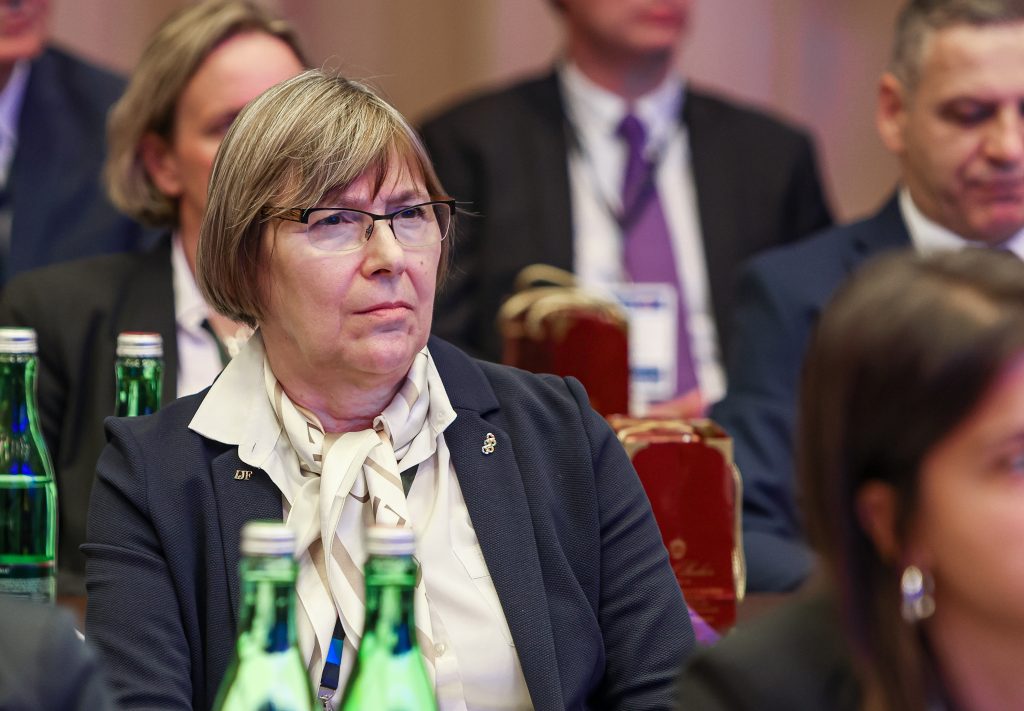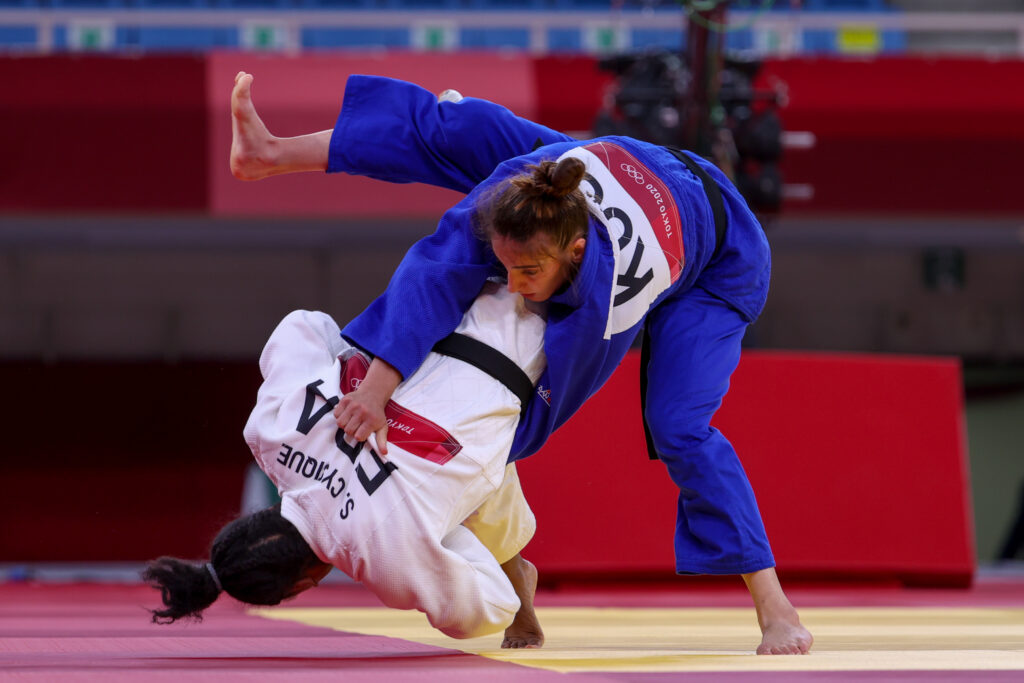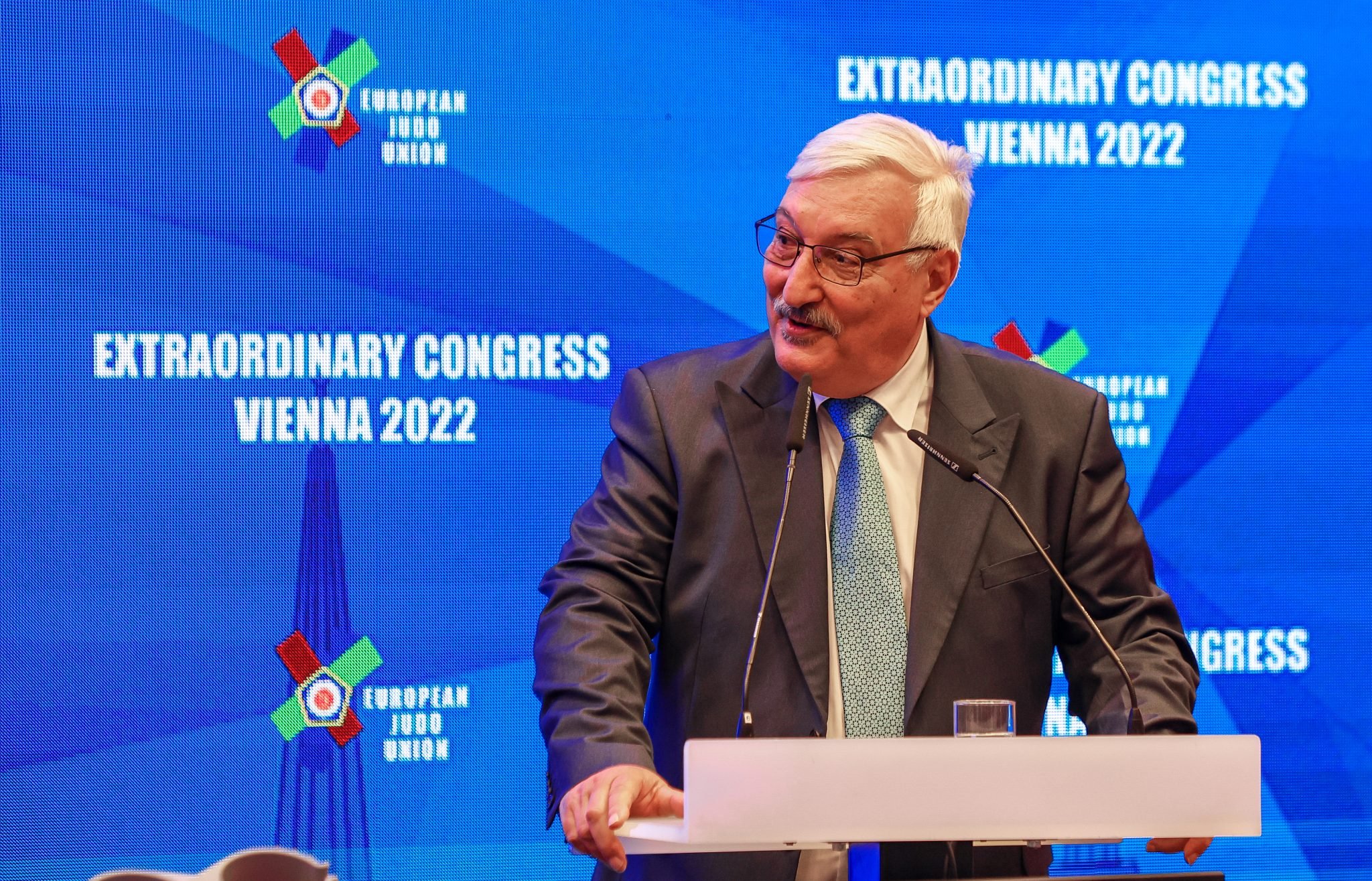The European Judo Union are pleased to announce that there will be an EJU Medical Seminar held in Istanbul on Tuesday 22nd and Wednesday 23rd November.
Entrusted with this is Envic GALEA, Chair of the Medical Commission.
Galea has expressed that national federations and their medical officials be encouraged to attend this event and continue with their contribution to the development of safe judo which has introduced measures making our sport one of the safest Olympic sports.
There is a secondary goal of this seminar, with the EJU Medical Commission offering more valuable material to the researchers. The hope is to provide the judo medical community with the opportunity to both submit presentations during the seminar and to allow the publication of papers on medical judo topics.

In agreement with Dr Sanda Čorak, editor of the IJF Academy Judo Journal “The Arts and Sciences of Judo”, we will reserve a special edition for the Judo Medical sector.
All presentations should be sent to the EJU Medical Commission by Monday 26th September.
Speaking with Mr Galea regarding the upcoming seminar, he gave us a bit of insight in to the history of the Medical Commission, his involvement and how their studies have been beneficial to our judo community as a whole.
When I inherited the EJU Medical Commission in 1997, the commission’s duties were administering the anti-doping procedures during our events. As I was in charge of the youth commission then, I suggested bringing both together and getting the doctors involved in the science of Judo. The best contribution was when the medical commission suggested introducing Shime a Kansetsu Waza rules. This particular rule was introduced after Dr Malinen, and Dr Lino conducted intensive research on the anatomy of youth under the age of 16 years. They pointed out that the arm of this age group was still developing and should be protected. In the case of strangulation, we had not enough data about the recovery speed when a youth loses consciousness from strangulation; therefore, we proposed precautions disqualification.
The medical commission was also responsible for the suggestion of the introduction of hansoku make (disqualification) when dangerous techniques were applied by Tori (attacker). One example is Diving Uchi Mata, where Tori dives on his head to throw his opponent. In this case, this is done to help Tori.
Under the direction of Dr Brons, we collected videos from competitions where injuries happen to analyse how these occur and how these can be avoided.

These measures alone have prevented countless potential injuries and the constant development of the sport calls for medical development in parallel.
From the year 2000, under the direction of Dr Jung, we started keeping records on all the injuries in Judo. This practice is being done till today. As Dr Jung is no longer in the commission, Dr Smolders, our head medical Commissioner, wrote a paper summarising the data collected by all our doctors throughout the years. The article “Judo. One of the safest Olympic Sport. Injury statistics from Europe’s Top level Judo Competitions” was published in the second edition of our IJF Academy Judo Journal, “The Arts and Science of Judo.”
Our delegates presented many exciting lectures during our twenty-four years and as many medical seminars. None of these presentations were made available to academics to help them in their research. Now that we have our Judo medium, I would like to publish them in our journal. However, we need another approach to how we publish these lectures. These can be in the form of “posters” or “papers.”
This system will bring together a closer collaboration of our Medical Doctors to our scientific Judo world, helping to bring more excellent knowledge to our sport.
Knowledge is power and the more information that can be made available regarding the medical aspects of our sport, the safer it can be for the practitioners and those coaching, to have the power to make smart decisions.
Author: Thea Cowen




